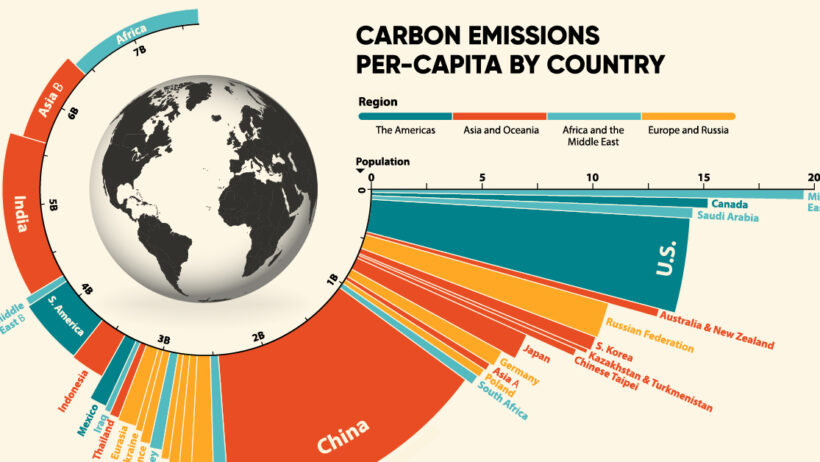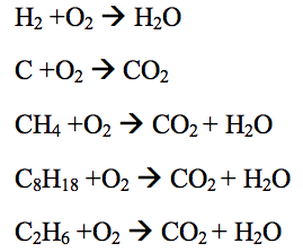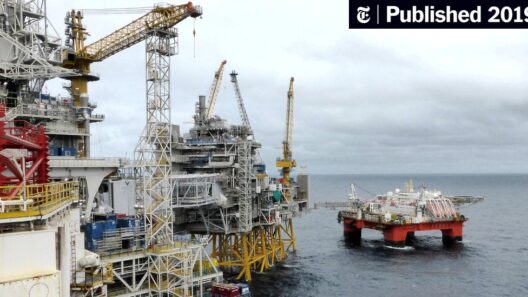As the sun rises each day, it illuminates a world increasingly influenced by the heavy hand of human activity. The juxtaposition of beauty and devastation is stark. The journey from carbon dioxide emissions to a global crisis is not merely an environmental narrative; it is a compelling tale of human ambition, innovation, and, regrettably, negligence. This story unfolds through the invisible gas, CO2, which has become the harbinger of climate change.
For centuries, carbon dioxide has existed in the Earth’s atmosphere, a critical component of the complex web of life. Plants use CO2 to produce oxygen through photosynthesis, creating a delicate balance essential for survival. However, since the dawn of the industrial era in the 18th century, humanity has exacerbated the concentration of atmospheric CO2 through the combustion of fossil fuels, deforestation, and industrial emissions. This systemic injection of carbon is akin to a fever in the atmosphere, setting off a domino effect that transforms our climate.
To truly grasp the magnitude of this crisis, one must consider the science behind the greenhouse effect. CO2, alongside other greenhouse gases, traps heat within the Earth’s atmosphere, preventing it from escaping into space. The result? A warmer planet. This warming, while seemingly benign at first, has profound repercussions — glaciers melt, sea levels rise, and weather patterns become increasingly erratic. The fingerprints of climate change are visible in the staggering decline of Arctic ice, whose retreat exposes previously frozen land to both exploration and exploitation.
What does this mean for us? As a species, we find ourselves at a critical crossroads. The ramifications of unchecked carbon emissions are far-reaching. From devastating wildfires in Australia to catastrophic floods in Bangladesh, the reality is that climate change is not a distant concern but an immediate reality. Moreover, these extreme weather events disproportionately affect vulnerable populations, exacerbating social inequalities and sparking conflicts over resources. Thus, the emotional and ethical dimensions of the crisis cannot be overstated.
Climate scientists have brought urgency to the dialogue, asserting that we must limit global warming to below 1.5 degrees Celsius above pre-industrial levels to avert catastrophic outcomes. This target, while noble, is increasingly challenging as nations grapple with the inertia of entrenched interests and policies that prioritize short-term economic gains over long-term sustainability.
Yet amid this dire narrative lies a flicker of hope — a promise of change propelled by innovation and collective action. The burgeoning movement toward renewable energy sources stands as a testament to humanity’s resilience and adaptability. Solar panels basking under the sun or wind turbines gracefully spinning in the breeze symbolize our potential to harness nature’s elements without depleting them. Transitioning from coal, oil, and gas to clean alternatives offers a myriad of benefits: reduced greenhouse gas emissions, improved public health, and job creation within emerging industries.
Furthermore, technological advancements in carbon capture and storage (CCS) provide another avenue for mitigating emissions. CCS technologies can inadvertently reverse some of the harm inflicted upon our atmosphere by capturing CO2 at its source and preventing it from entering the atmosphere. This innovation, however, must be viewed as a complement to — not a replacement for — the imperative of reducing emissions at the source.
At the individual level, lifestyle changes can also play a pivotal role in addressing climate change. The decision to minimize meat consumption, utilize public transport, or eviscerate unnecessary plastic waste contributes, albeit modestly, to the collective endeavor of reducing our carbon footprint. Grassroots movements advocating for sustainable practices have sparked an awakening that underscores the importance of individual agency in combating the global crisis.
The issue transcends mere emissions; it is intricately tied to economics, politics, and social justice. Corporations wield vast influence, and their commitment to sustainable practices often hinges on consumer demand. As awareness grows, so too does the potential for market shifts that prioritize sustainability. Ethical consumerism will compel companies to reassess their operations, fueling a virtuous cycle of accountability and responsibility.
Nevertheless, the pathway forward is laden with complexities. Certain nations face significant barriers in transitioning to a low-carbon economy, given their reliance on fossil fuels for economic stability. Equity and justice must be central to any strategy aimed at combating climate change. Support for developing countries, who are often the most impacted by climate change yet least responsible for its causes, is critical in fostering a global response that is both effective and inclusive.
The narrative of climate change is punctuated with challenges, yet it is also rich with opportunity. Shifting from fossil fuels to renewable energy sources presents not only environmental benefits but also the chance to reimagine our relationships with energy, nature, and each other. Rejuvenating our planet necessitates collaboration across borders, sectors, and communities. Every action counts, and the confluence of individual choices and systemic changes will dictate the trajectory of our shared future.
Ultimately, the transformation of CO2 from a mere byproduct of human activity to a catalyst for crisis calls for vigilance, innovation, and courage. The climate crisis is upon us, yet it is within our grasp to shape a sustainable future marked by resilience and collective well-being. As stewards of the Earth, we stand at an unprecedented juncture. The time to act is now. Our legacy depends on it.








